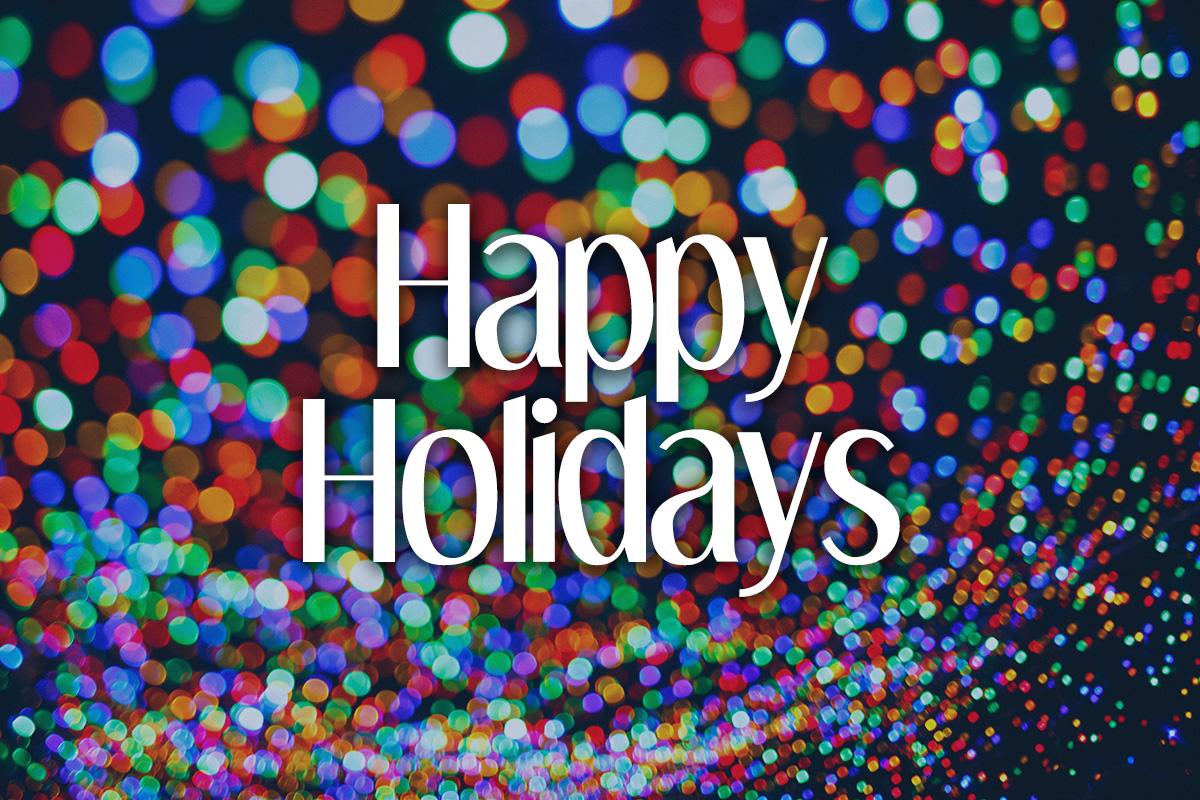December is a festive month, when there are several holidays being celebrated, and how it’s important to recognize that not everyone celebrates just one holiday, or that some celebrate two or more holidays, while others don’t celebrate at all.
Recognizing and learning some things about each holiday help to understand and appreciate the different cultures and groups that celebrate them.
HANUKKAH/CHANUKAH, FINAL DAY DEC. 6, 2021
This year, Hanukkah is observed from Nov. 28 to December 6. It is a time to celebrate the festival of lights, for 8 days, with a nightly menorah lighting, special prayers and fried foods.
Historically, Hanukkah or Chanukah means dedication or re-dedication, when in 164 BCD, Judah Maccabee and his band successfully led a guerilla war against the Syrians that earlier occupied Jerusalem, and outlawed the Jewish faith, seized and tortured the people. The Maccabees liberated the city and rededicated the temple, by relighting the candelabra. They only found enough sacred oil to keep the menorah lit for one day. Miraculously, the menorah stayed lit for 8 days. Hence, that is why Hanukkah is celebrated for 8 full days, and the celebration includes a nightly menorah lighting, special blessings are recited, and traditional songs and games are played.
WINTER SOLSTICE, DEC. 21, 2021
Winter solstice is the shortest day of the year, when the earth’s tilt is extremely inclined away from the sun. For the northern hemisphere, the shortest day this year is December 21. The main symbols and rituals include fire and light, in recognition of the shortest, darkest day of the year.
WINTER SOLSTICE CELEBRATIONS AROUND THE WORLD¹,²
- Iran’s Yalda festival marks the day when Mithra, an angel of light, was thought to have been born.
- China’s Dōngzhì festival celebrates when winter’s darkness begins to give way to light. Families observe this time with special foods, such as rice balls known as tang yuan.
- Scandinavians (people who live in Denmark, Norway, and Sweden) gather for Juul, or Yule, a multi-day feast when ancient people would welcome the return of the sun god.
- In Britain, some people still observe the ancient tradition of cutting mistletoe, which is considered a sacred plant with healing properties.
- Shalako is a ceremonial dance, celebrated by the Zuni, one of the Native American tribes in New Mexico, which marks the beginning of the year.
- Soyal, with the Hopi of northern Arizona, is announcing the setting of the sun on the solstice. It involves an all-night ceremony with kindling fires, dancing and gift giving.
- Toji in Japan is the traditional practice of starting the new year with health and good luck. During the winter solstice, the practice involves taking warm baths scented with yuzu, a citrus fruit, said to ward off colds and foster good health.
CHRISTMAS, DECEMBER 25, 2021, FEDERAL HOLIDAY
Christmas celebrates the birth of Jesus, which to Christians is the son of God. The day commemorating Christmas, December 25, was chosen by Pope Julius I, former head of the Roman Catholic Church, year 337-352, but no one really knows when Jesus was born. This date was chosen in order to Christianize the popular ancient pagan festival celebrating the rebirth of the sun during the winter solstice.
Christmas celebrations may involve both religious and/or secular practices; from attending a mass or prayer services, to decorating the home with a Christmas tree and lights, or having festive gatherings that include traditional meals and gift exchanges, and waiting for Santa Claus to deliver gifts on December 24.
KWANZAA DEC. 26 OBSERVANCE, THROUGH JAN 1, 2021
Kwanzaa is a celebration of family, community and culture. It is an annual holiday affirming the African family and social values. Kwanzaa was initially introduced in 1966 by Dr. Maulana Karenga, professor of Africana Studies at California State University in Long Beach, as primarily an African American holiday. The concept of Kwanzaa is based on the South African first-fruits festivals.
Each of the days of the celebration is dedicated to one of the seven principles of Kwanzaa: unity (umoja), self-determination (kujichagulia), collective responsibility (ujima), cooperative economics (ujamaa), purpose (nia), creativity (kuumba), and faith (imani).³
There also are seven symbols of the holiday: fruits, vegetables, and nuts; a straw mat; a candleholder; ears of corn (maize); gifts; a communal cup signifying unity; and seven candles in the African colours of red, green, and black, symbolizing the seven principles. On each day the family comes together to light one of the candles in the kinara, or candleholder, and to discuss the principle for the day. On December 31, families join in a community feast called the karamu. Some participants wear traditional African clothing during the celebration.³
Resources
¹ What’s the Winter Solstice (National Geographic)
² 8 Winter Solstice Celebrations Around the World (History.com)

